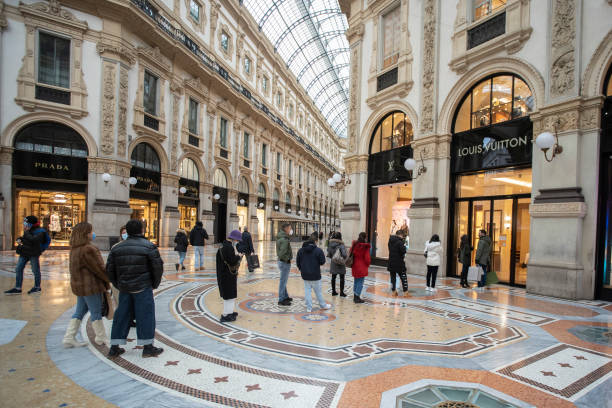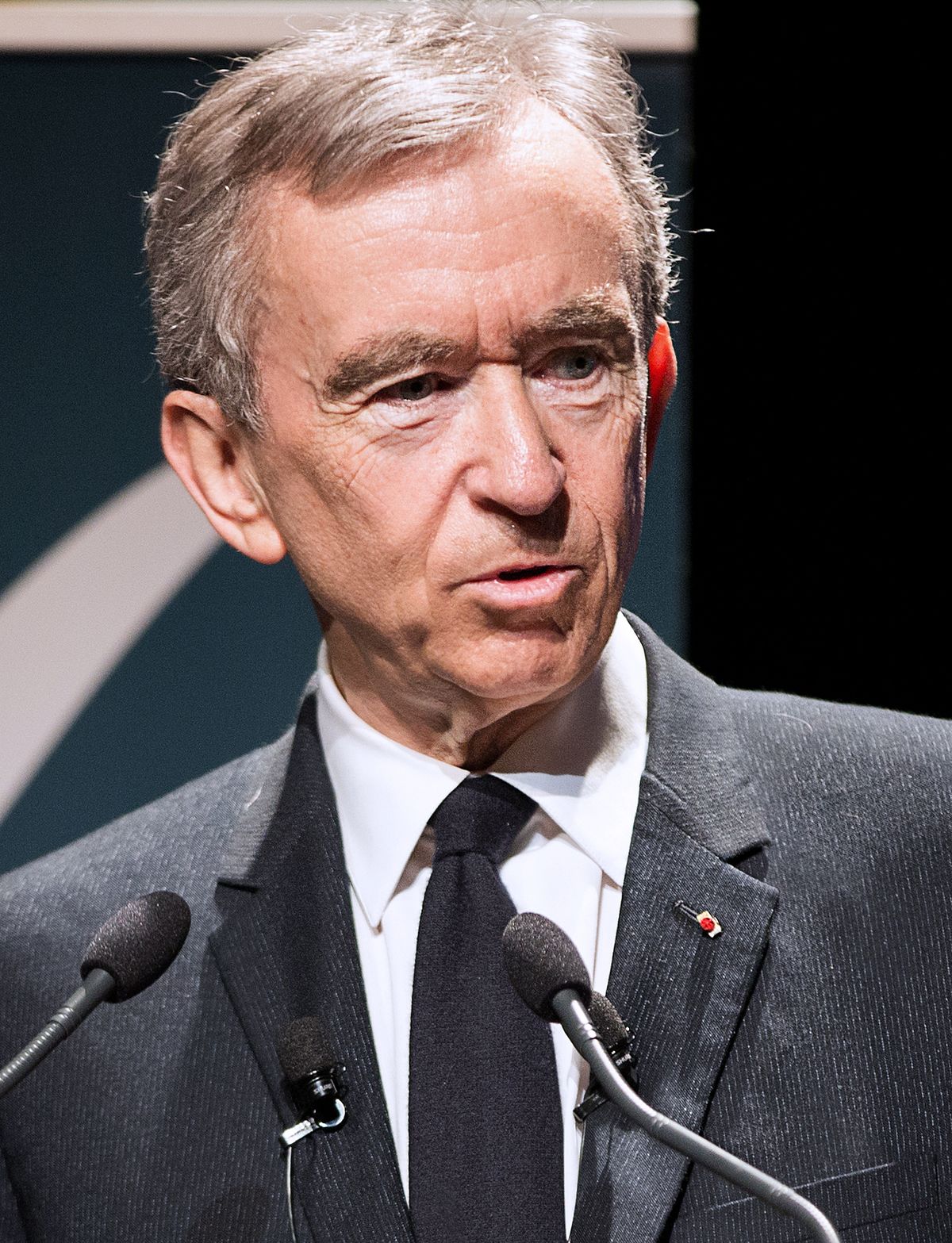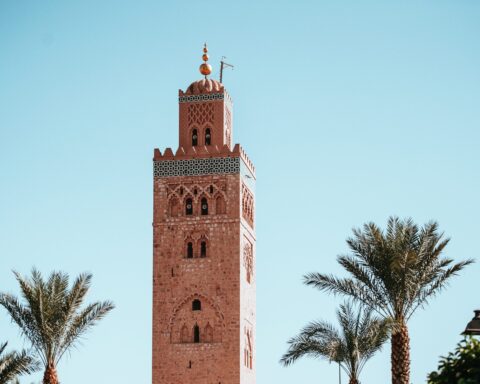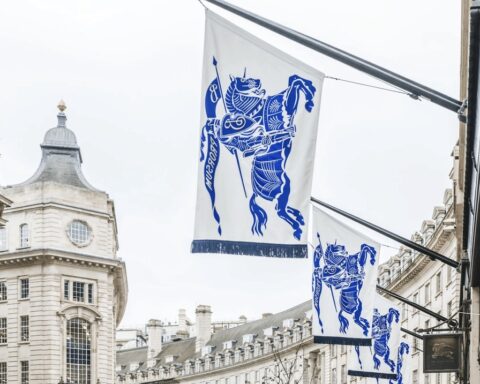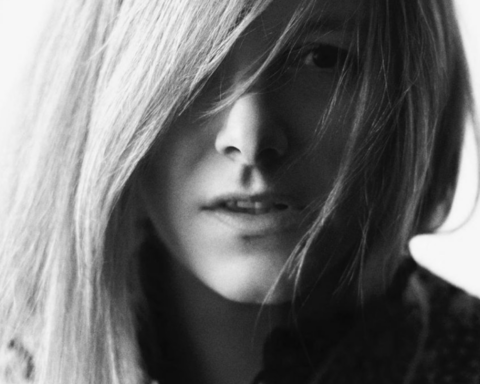[vc_row njt-role=”people-in-the-roles” njt-role-user-roles=”administrator,editor,author,armember”][vc_column][vc_column_text]
With the health crisis, the majority of the business sectors have experienced a sharp drop in their revenues: this is particularly the case for luxury goods. Despite a historic drop in sales in 2020, this sector could return to its pre-crisis level of activity by the end of 2021, according to the consultancy firm Bain. It says that the buying dynamism of Chinese and American customers and the merits of digitalization could be the main factors in this potential exit from the crisis.
In 2020, shop closures and the virtual cessation of international tourism were a real brake on the growth of the sector. As a result, the total sales of luxury goods fell, something that has not happened since 2009. With a fall of 23%, it hardly reached 217 billion euros. However, the health crisis does not seem to have had a lasting effect on consumer purchasing power for high-end products.
The consultancy firm Bain estimates that there is a 30% probability that sales of luxury clothing, handbags and jewellery will recover in 2021 to their 2019 level. Thanks to the Covid-19 vaccine campaigns around the world and the future recovery of tourism, luxury sales could generate €280 billion ($340 billion). However, the scenario of a full recovery in luxury goods remains more likely for 2022, Bain believes, despite a growing optimism as the health crisis unfolds. And while handbags, leather goods and jewellery have been driving the recovery, spending on make-up and fragrances is also likely to pick up soon.
Focus on e-commerce
“The US market was the unexpected highlight,” said Bain. Indeed, the revival of sales in China – the largest market for luxury goods – and a stronger-than-expected rebound in the US has led to a sharp increase in the sector’s revenues in the first quarter of 2021. As Europe did not follow the same trend, due to slower vaccine campaigns and severe restrictions on tourism, the effects were not the same as in the US and Asia.
LVMH‘s sales thus grew by 30% in the first quarter of 2021, compared to 26% for Kering and 44% for Hermès, results posted even better than those for 2019.
If such a revival of luxury sales has been possible, it is notably thanks to the sale of their products online. The crisis has forced traditionally reluctant brands to embrace e-commerce, which could become the main channel for purchasing luxury goods in the coming years, perhaps as early as 2025. From virtual tours to replicate the in-store experience at Dior or Tiffany, to the adoption of digital marketing tools such as live streaming, industry leaders have competed in ingenuity to keep their customers satisfied.
Read also > L’ORÉAL PLANS A REBOUND IN SALES AFTER THE CRISIS
Featured photo : © GettyImages[/vc_column_text][/vc_column][/vc_row][vc_row njt-role=”not-logged-in”][vc_column][vc_column_text]
With the health crisis, the majority of the business sectors have experienced a sharp drop in their revenues: this is particularly the case for luxury goods. Despite a historic drop in sales in 2020, this sector could return to its pre-crisis level of activity by the end of 2021, according to the consultancy firm Bain. It says that the buying dynamism of Chinese and American customers and the merits of digitalization could be the main factors in this potential exit from the crisis.
In 2020, shop closures and the virtual cessation of international tourism were a real brake on the growth of the sector. As a result, the total sales of luxury goods fell, something that has not happened since 2009. With a fall of 23%, it hardly reached 217 billion euros. However, the health crisis does not seem to have had a lasting effect on consumer purchasing power for high-end products.
The consultancy firm Bain estimates that there is a 30% probability that sales of luxury clothing, handbags and jewellery will recover in 2021 to their 2019 level.
[…][/vc_column_text][vc_cta h2=”This article is reserved for subscribers.” h2_font_container=”tag:h2|font_size:16|text_align:left” h2_use_theme_fonts=”yes” h4=”Subscribe now !” h4_font_container=”tag:h2|font_size:32|text_align:left|line_height:bas” h4_use_theme_fonts=”yes” txt_align=”center” color=”black” add_button=”right” btn_title=”I SUBSCRIBE !” btn_color=”danger” btn_size=”lg” btn_align=”center” use_custom_fonts_h2=”true” use_custom_fonts_h4=”true” btn_button_block=”true” btn_custom_onclick=”true” btn_link=”url:https%3A%2F%2Ftest2023.luxus-plus.com%2Fen%2Fsubscriptions-and-newsletter-special-offer-valid-until-september-30-2020-2-2%2F”]Get unlimited access to all articles and live a new reading experience, preview contents, exclusive newsletters…
Already have an account ? Please log in.
[/vc_cta][vc_column_text]Featured photo : © GettyImages[/vc_column_text][/vc_column][/vc_row][vc_row njt-role=”people-in-the-roles” njt-role-user-roles=”subscriber,customer”][vc_column][vc_column_text]
With the health crisis, the majority of the business sectors have experienced a sharp drop in their revenues: this is particularly the case for luxury goods. Despite a historic drop in sales in 2020, this sector could return to its pre-crisis level of activity by the end of 2021, according to the consultancy firm Bain. It says that the buying dynamism of Chinese and American customers and the merits of digitalization could be the main factors in this potential exit from the crisis.
In 2020, shop closures and the virtual cessation of international tourism were a real brake on the growth of the sector. As a result, the total sales of luxury goods fell, something that has not happened since 2009. With a fall of 23%, it hardly reached 217 billion euros. However, the health crisis does not seem to have had a lasting effect on consumer purchasing power for high-end products.
The consultancy firm Bain estimates that there is a 30% probability that sales of luxury clothing, handbags and jewellery will recover in 2021 to their 2019 level.
[…][/vc_column_text][vc_cta h2=”This article is reserved for subscribers.” h2_font_container=”tag:h2|font_size:16|text_align:left” h2_use_theme_fonts=”yes” h4=”Subscribe now !” h4_font_container=”tag:h2|font_size:32|text_align:left|line_height:bas” h4_use_theme_fonts=”yes” txt_align=”center” color=”black” add_button=”right” btn_title=”I SUBSCRIBE !” btn_color=”danger” btn_size=”lg” btn_align=”center” use_custom_fonts_h2=”true” use_custom_fonts_h4=”true” btn_button_block=”true” btn_custom_onclick=”true” btn_link=”url:https%3A%2F%2Ftest2023.luxus-plus.com%2Fen%2Fsubscriptions-and-newsletter-special-offer-valid-until-september-30-2020-2-2%2F”]Get unlimited access to all articles and live a new reading experience, preview contents, exclusive newsletters…
Already have an account ? Please log in.
[/vc_cta][vc_column_text]Featured photo : © GettyImages[/vc_column_text][/vc_column][/vc_row][vc_column][/vc_column]


